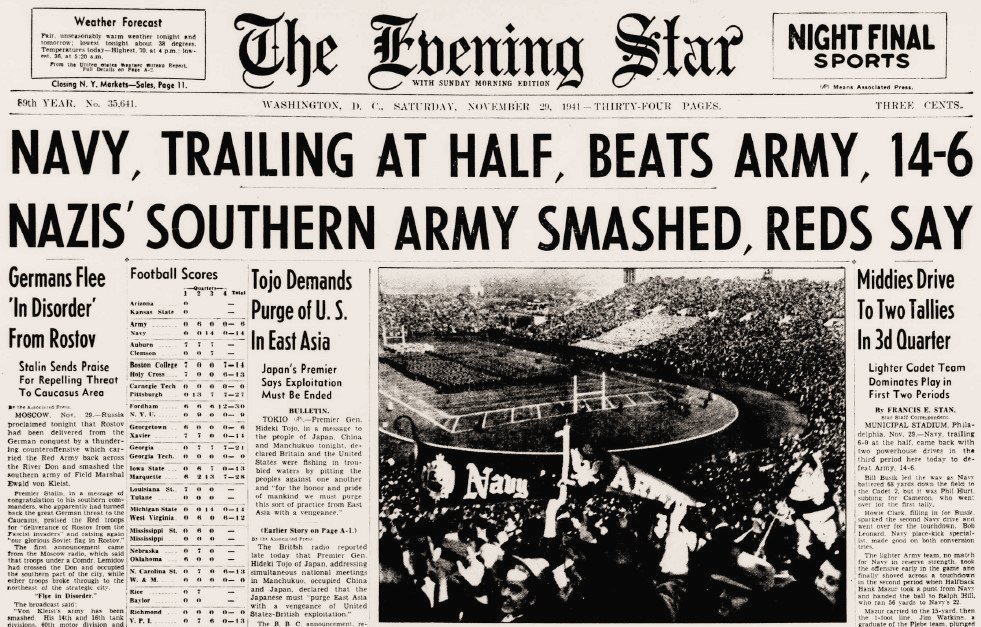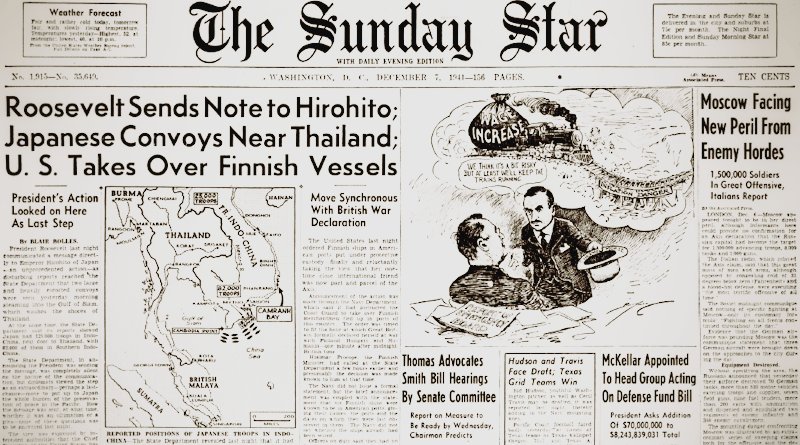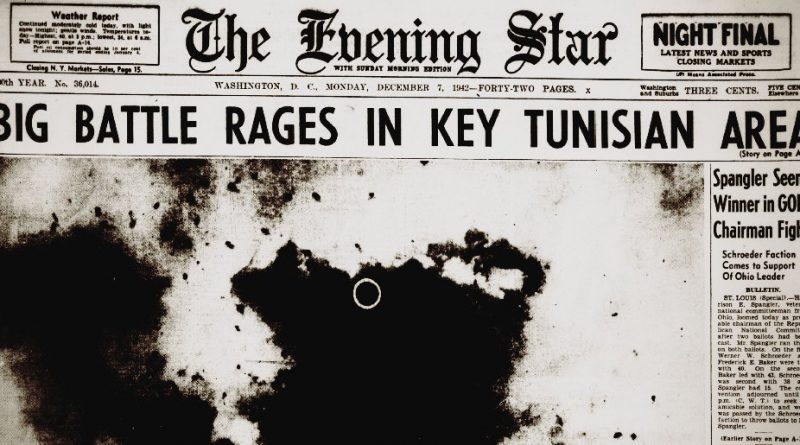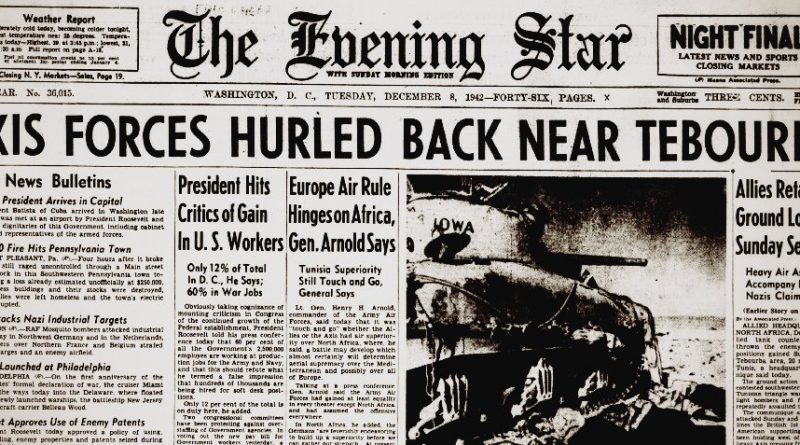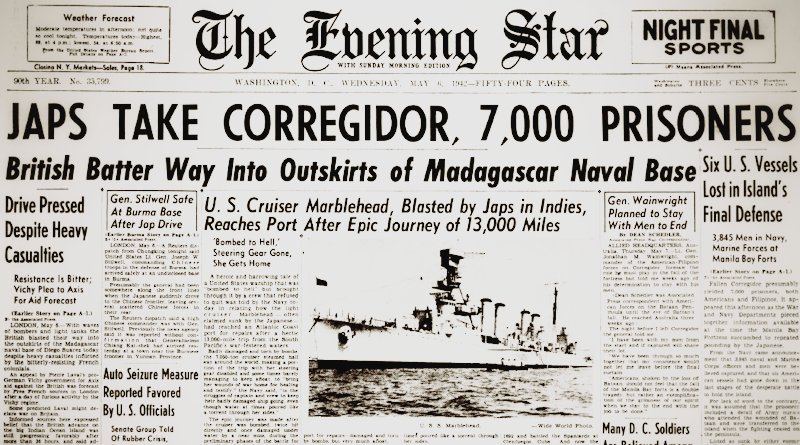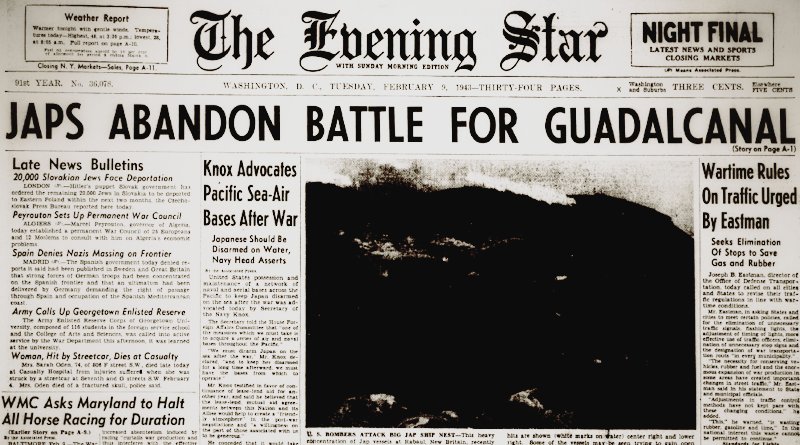World War II Chronicle: November 29, 1941
Click here for TODAY’S NEWSPAPER
Swede Larson’s final game
Nearly 100,000 spectators packed the stands of Philadelphia’s Municipal Stadium to watch one of the best Army-Navy games in the rivalry’s history. Navy All-American tackle William M. Chewning is pictured on today’s front page. Chewning graduates next month and perishes when the submarine USS Corvina is sunk in November 1943. 230-lb. tackle Gene Flathmann, who joined the Marine Corps and reached the rank of captain after 19 months of combat duty, is also named to the All-American squad, as are team captain Bob Froude and “Barnacle” Bill Busik.
This contest was the last game for Navy coach Alfred E. “Swede” Larson, who led the Midshipmen to a 16-8-3 record over his three seasons at the helm. Larson, a major in the Marine Corps, will be returning to the fleet, but his record against the Cadets now stands at 6-0: defeating them three times as a player (1919-21) and three times as a coach — including two shutouts. Back when he played for Navy he was named Second-Team All American in 1921 and elected team captain, earning the Thompson Trophy Cup in 1922 for being the academy’s top athlete. Larson also played lacrosse.
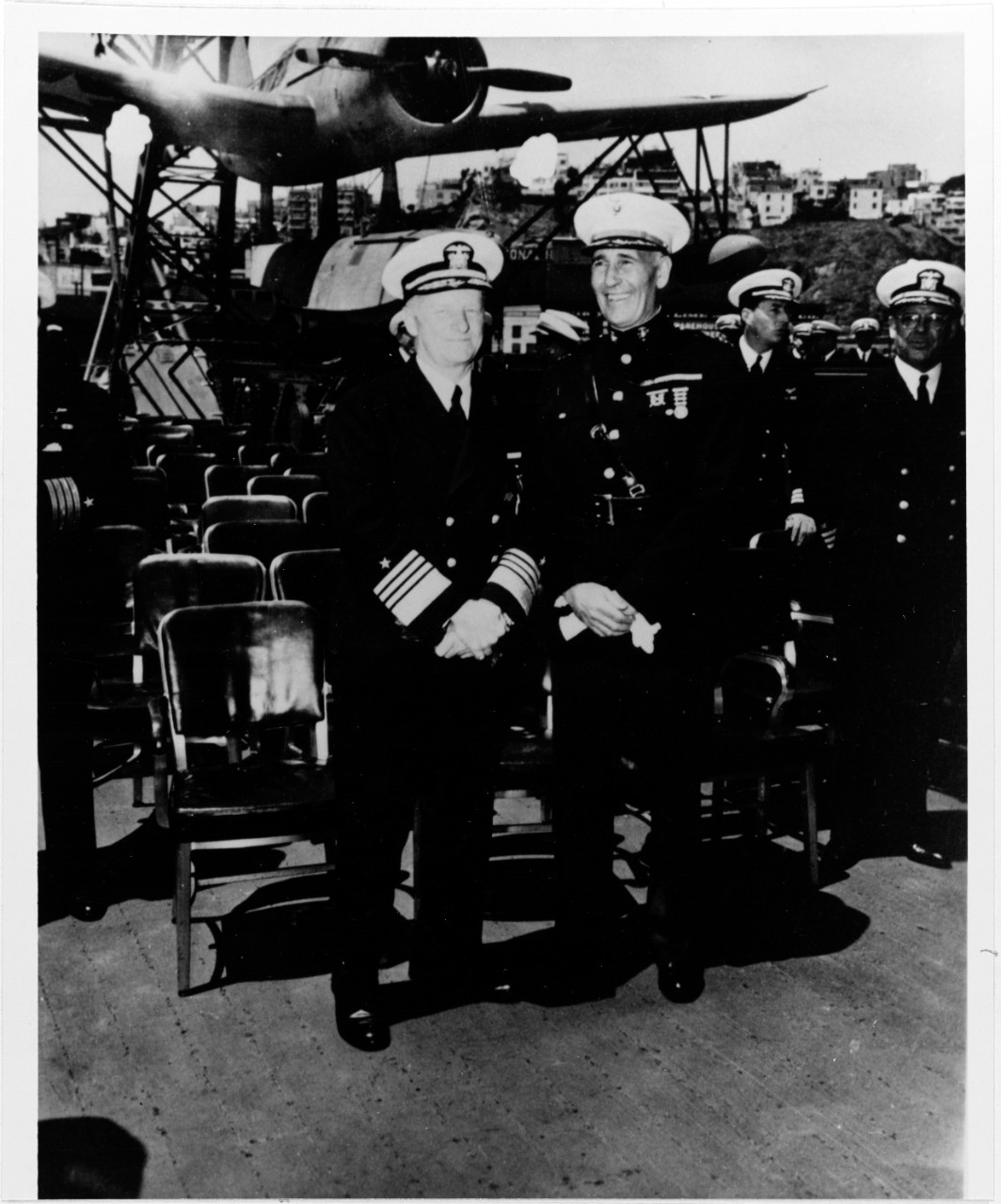
Page 28 announces that Minnesota halfback Bruce “Boo” Smith was elected the winner of the 1941 Heisman Trophy.
The Golden Gophers have gone undefeated and captured national titles two years in a row, but the 1941 campaign will be the last season with Bernie Bierman as head coach. Bierman coaches Naval aviation cadets at Iowa Pre-Flight during the 1942 season before serving with the Marines and Smith plays for Great Lakes1 before becoming a fighter pilot in the Navy. In 1945 Bierman returns to Minnesota and Smith begins his professional career with the Green Bay Packers.
The fate of the Yangtze Patrol
On this day in 1941 the gunboats and crew of the U.S. Navy’s Yangtze Patrol (YangPat) that are able to leave China depart Shanghai. Although gunboats Luzon (PR-7) and Oahu (PR-6) are intended for shallow-water operation, the crews brave the 1,000-mile journey anyways. Not only is the China Sea full of Japanese naval traffic, their course takes them straight through a typhoon — the same storm that is currently hammering the ships already sailing to Luzon, such as the liners carrying the 4th Marines. Once YangPat commander Rear Adm. William A. Glassford, embarked on Luzon, arrives in Manila he will de-activate the patrol.
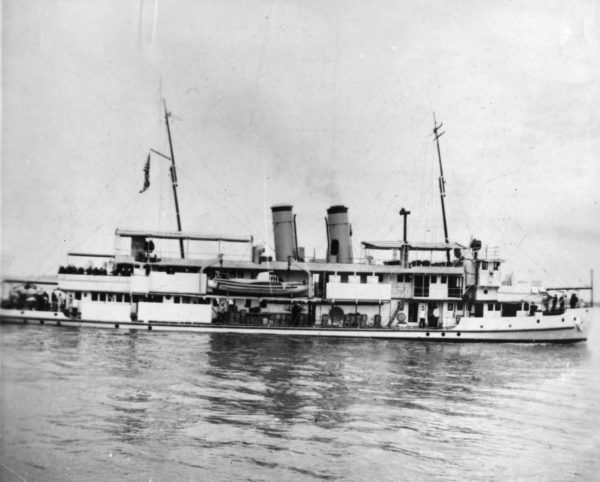
After today, two American gunboats remain in China: Tutuila (PR-4), which is trapped at Chungking, and Wake (PR-3) which remained at Shanghai with a skeleton crew of 14 men to remain in radio contact with the North China Marines who are waiting for evacuation. Wake sailors not staying behind are divided between Luzon and Oahu. The two officers and 22 men of Tutuila, which had been trapped and harassed by the Japanese throughout much of 1941, eventually transfer to the American Embassy and fly out of China in January 1942 after what must have been a tense waiting period.
The crew of Wake wasn’t as lucky. From the Navy’s Dictionary of American Naval Fighting Ships:
“… on 8 December 1941 (7 December east of the International Date Line), a radioman on duty in Wake picked up news of the Japanese attack on Pearl Harbor. Lt. Cmdr. Smith,2 alerted by a telephone call soon thereafter, sped to the waterfront. His crew, however, had no time to react to the suddenness of war. A launch, carrying a detachment of Special Naval Landing Force troops, came alongside and swarmed on board, taking the ship, the only U.S. man-of-war to be captured intact by the enemy in World War II.”
Smith and his men will spend the war in Japanese captivity, soon to be joined by the defenders of Wake Island. Speaking of Wake, Maj. Walter L.J. Bayler along with members of Marine Air Group 21 (MAG-21) quickly go to work turning the island’s austere airstrip into a functioning air station, installing radio communication facilities.
On Nov. 29, 1941 MAG-21 consisted of:
- Marine Fighting Squadron 211 (VMF-211), currently enroute from Hawaii
- VMF-221
- Marine Observation Squadron 251 (VMO-251)
- Marine Scout Bomber Squadron 231 (VMSB-231)
- VMSB-132
- Marine Support Squadron 252 (VMJ-252)
Where are the Japanese carriers?
While the Americans deal with their typhoon off Southeast Asia, the horrendous weather of the North Pacific Ocean in late November is treating the aircraft carriers and supporting ships of the Kudo Butai brutally. Ice-cold waves wash sailors overboard and navigators struggle to stay on course despite being tossed around by the wind and ocean currents. With the fleet under strict radio silence, ships had to rely largely on lights to communicate as high winds ripped signal flags to shreds.
The Hawaiian Operation would fail without catching the U.S. Navy by total surprise on Sunday morning, so naval planners knew that despite the tremendous challenges of the northern route, it was still better than the possibility — however remote — of a less dangerous route where they may be discovered by a freighter.
When you consider the vast distance that the fleet had to cover, and how difficult station keeping must have been for the crews fighting high seas and low visibility, it is impressive that the fleet successfully crossed thousands of miles across the ocean, arriving on time and in one piece. Even more-so when you consider that navigators would go days without seeing the stars to pinpoint their position and had to rely heavily on dead reckoning. 80 years ago today, the fleet was still heading east-northeast on their first leg, which covered roughly 500 nautical miles from the Kuriles. Upon reaching 43° N, 159° 30′ E, they will turn east.
To grasp how far north the Japanese sailed before turning south, in terms of North American latitudes, it would be the same as someone traveling Cuba but stopping by the southern tip of Maine first.
Sports section begins on page 27
1: One of Smith’s teammates is Steve Belichick, Navy football icon and father of NFL head coach Bill Belichick
2: Lt. Cmdr. Columbus D. Smith, USNR, had served as a commercial pilot for Wake and accepted a commission to remain behind with the boat and her crew.
Evening star. (Washington, D.C.), 29 November 1941. Chronicling America: Historic American Newspapers. Lib. of Congress.
https://chroniclingamerica.loc.gov/lccn/sn83045462/1941-11-29/ed-1/
